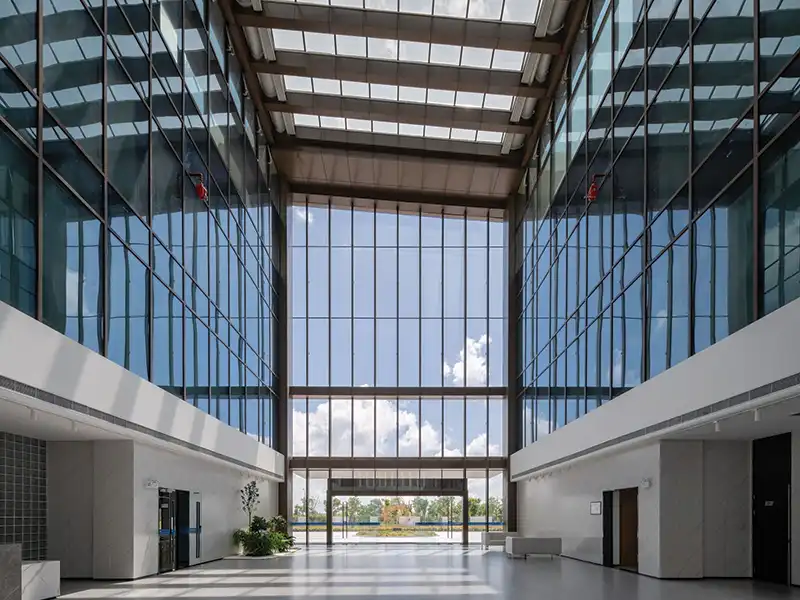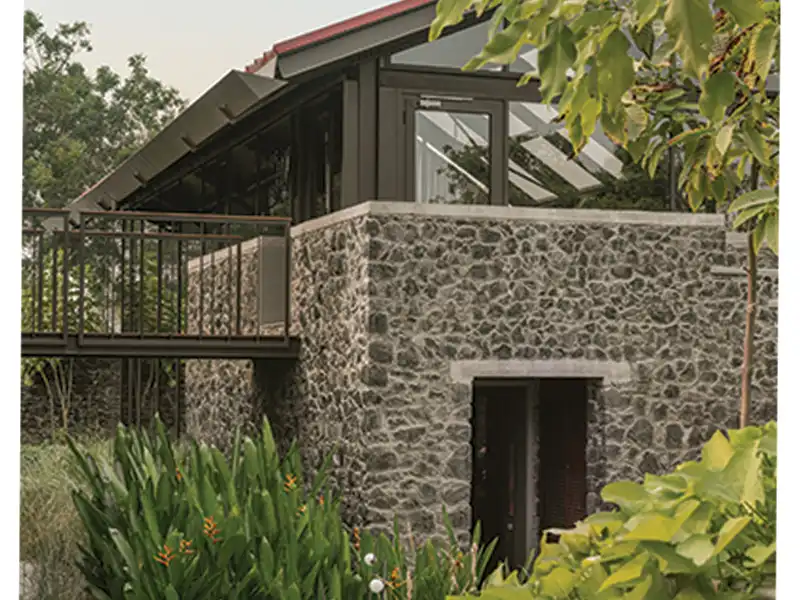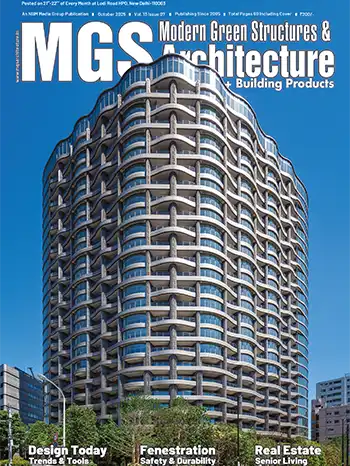
Fact File
Program: ResidenceLocation: Bel Air, California, USA
Floor Area: 6,774
Site Area: 10,314.8 sf
Landscape Area: 6,438.34 sf
Interiors, Landscape, Lighting Design: Arshia Architects
Photographers: Paul Vu, Renee Parkhurst, Yuheng Huan
Material Palette
Substructure: Exposed structural concrete retaining walls with integral pigment (graphite iron oxide)Superstructure: Structural steel with light gauge steel framing infill and wood joist framing.
Exterior Shell: CNC milled High-Density Urethane (HDU) boards coated with mineral plaster.
Interior Wall Surfaces: Painted drywall, walnut wood veneer, exposed pigmented concrete, marble slabs
Floor Material: Plaster, Engineered walnut wood flooring
Lighting: Diffused LED lightfield, linear LED lights, pin-hole LED lights
Air Conditioning: High Efficiency Zoned Variable Air Handler units with roof-integrated condenser compartment and custom manufactured micro-slot diffusers.
Plumbing: Water efficient fixtures with European durability
Equipment: Design and durability conscious appliances
Automation: Lutron Homeworks mainframe with Palladium interfaces and shading devices
Hardscaping: Cumaru wood decking, Silver Decomposed Granite, Aggregate finish concrete, Arizona Flagstone boulders.
Waterproofing: Encapsulated foundation membrane, polymesh applied surface waterproofing over whole house adhered membrane.
Landscaping: Native, drought tolerant planting.
Source: V2Com

The dynamic building on top of a buried podium replicates the natural topography that existed prior to the area being sub-divided for development. Its split-level design follows the topography of the hill and connects the floor half-storey plates. The plates form adjacencies, both visual and functional, thus allowing twice the utility of an otherwise compartmentalized organization.
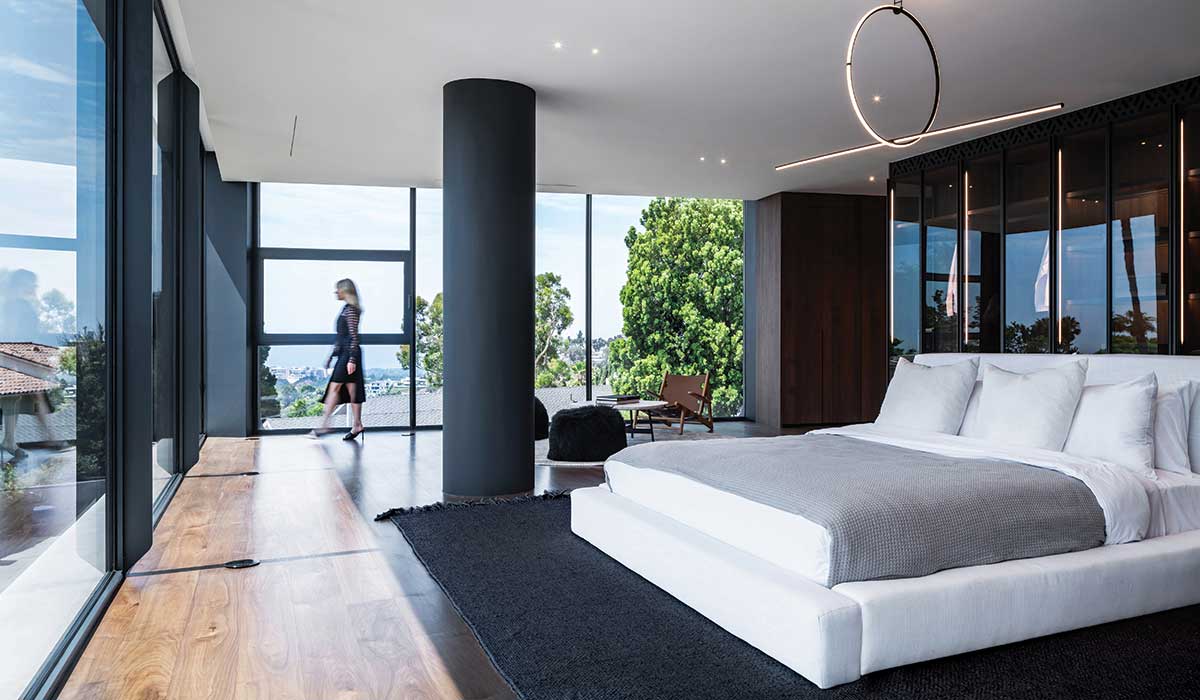
The project’s aesthetic was directed by automotive design, which, among others, proposed concealed performance for every technology in the house. The interior palette was based on a utilitarian approach to materials. A courtyard, created by daylighting the lower bedrooms from the buried podium, also acts as the rainwater runoff filtration system for the entire site.

The project meets (or even exceeds) the stringent California green building and energy conservation standards such as low flow plumbing systems, drought tolerant planting, rainwater filtration, photovoltaic integration, high efficiency building envelope and glazing, HERS rating of the mechanical system, and more.
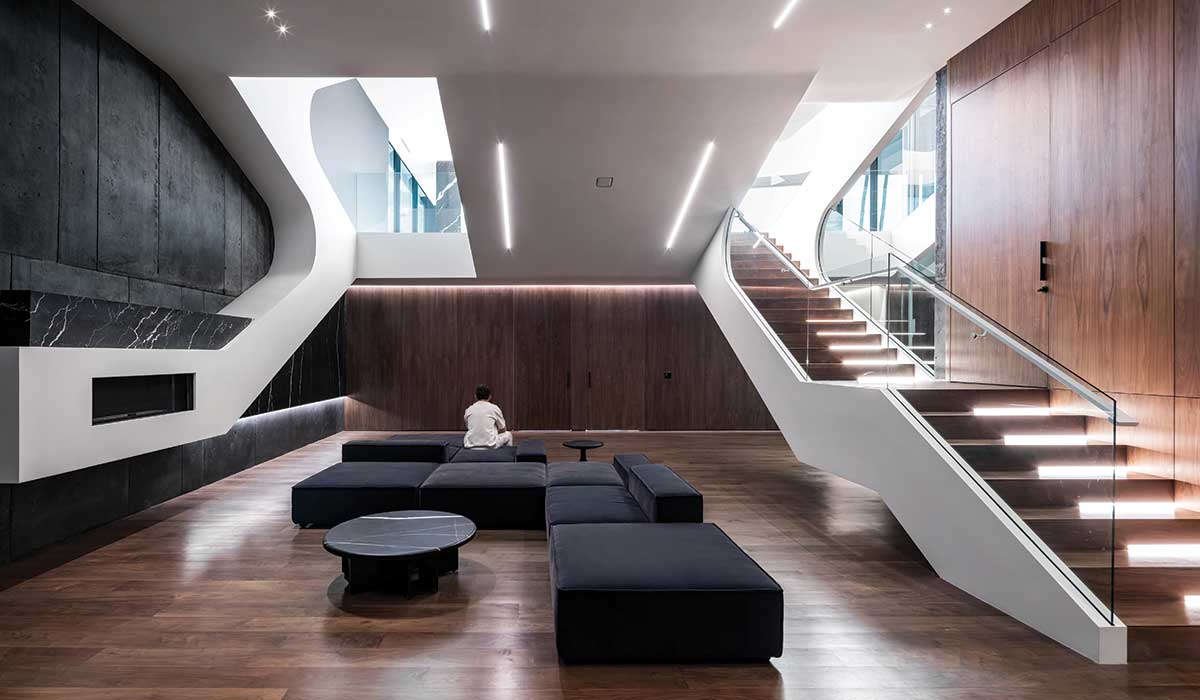
Indoor materials were sourced naturally and are compliant with low VOC standards. The design palette was kept minimal to an all-natural selection, including mica plaster, hardwood flooring, and natural stone. The minimal, low-impact, and proven materials, achieve a balance between durability, ease of maintenance, and responsible design. So far, the project has won 18 international design awards.







